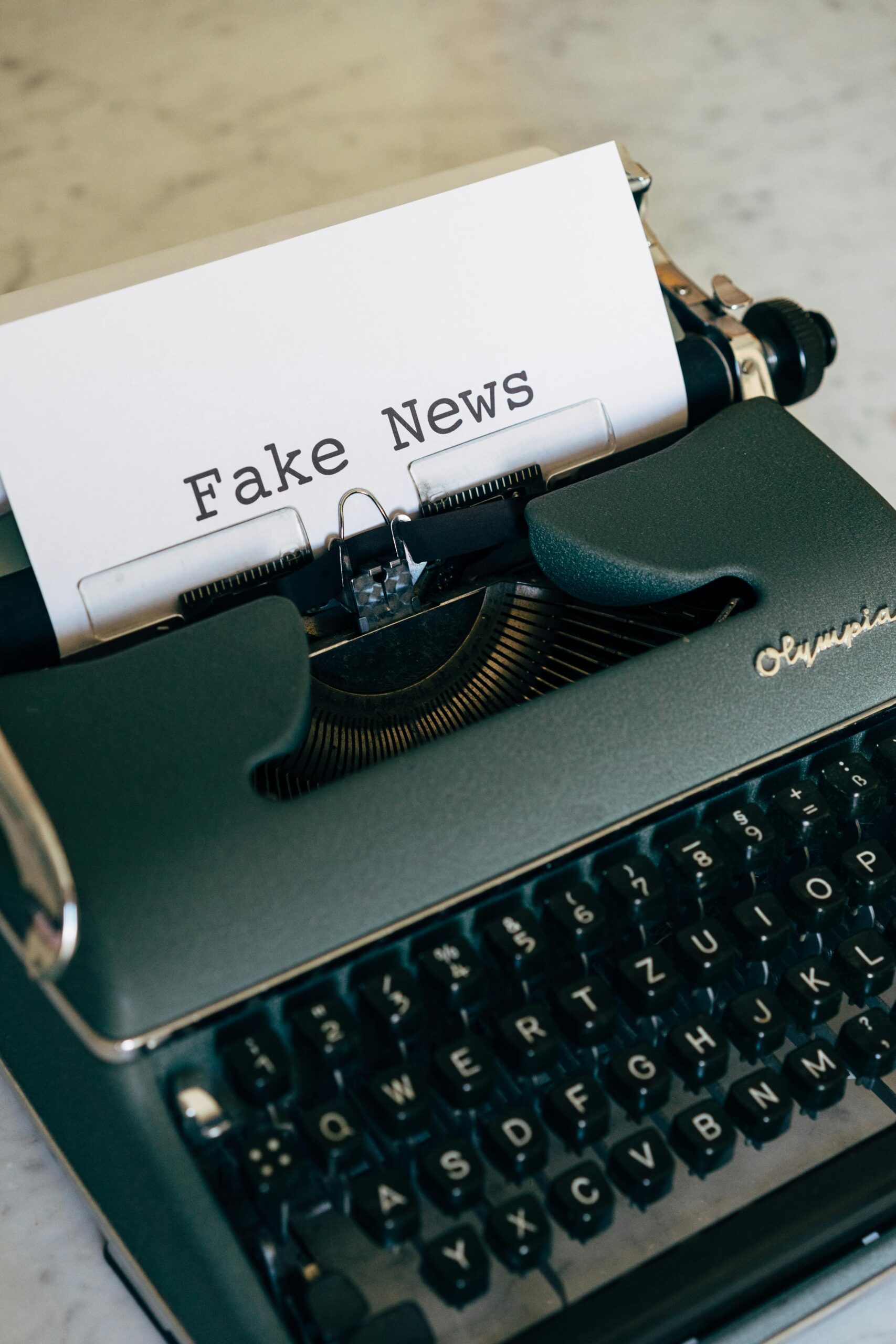
Introduction
In today’s digital age, the speed at which information spreads is unprecedented. Social media platforms and online communities can turn local news into global headlines within minutes. While this interconnectedness offers immense benefits, it also creates fertile ground for fake news and misinformation. From false political narratives to health-related myths, misinformation poses serious challenges to societies worldwide. The big question is: can communities effectively self-regulate, or is external intervention unavoidable?
The Rise of Fake News
Fake news is not a new phenomenon, but its scale has grown exponentially with the rise of digital communication. Unlike traditional media, where information typically goes through editorial checks, online platforms allow anyone to publish and share content instantly. This democratization of publishing is empowering, but it also means false information can travel faster than fact-checks.
Examples include:
-
Political misinformation influencing elections.
-
Health-related hoaxes (e.g., during the COVID-19 pandemic).
-
Economic rumors impacting stock markets and businesses.
The viral nature of fake news is often fueled by algorithms that prioritize engagement over accuracy, rewarding sensational or emotionally charged content.
Why Communities Matter in Fighting Misinformation
Communities, both online and offline, play a vital role in how information is perceived and shared. A group’s collective norms, values, and vigilance can either amplify falsehoods or suppress them.
-
Community Fact-Checking – Platforms like Reddit and Wikipedia rely heavily on community-driven verification, where members challenge misleading content and provide reliable sources.
-
Peer Accountability – In strong communities, trust among members encourages critical evaluation of shared information.
-
Shared Values – Communities with a commitment to truth and accuracy are more likely to resist fake news and promote verified sources.
Self-Regulation: Success Stories
There are promising examples where communities have successfully self-regulated:
-
Wikipedia: Despite being open for anyone to edit, Wikipedia maintains high levels of accuracy through strict community moderation, referencing rules, and volunteer editors.
-
Reddit: Certain subreddits thrive on peer-reviewed content where moderators and community norms discourage misinformation.
-
Open-source communities: Technical forums often correct false information quickly because members prioritize credibility and problem-solving.
These examples show that with the right norms, incentives, and moderation tools, communities can be powerful allies in combating fake news.
Challenges of Self-Regulation
Despite these successes, there are limitations:
-
Echo Chambers – Online communities sometimes reinforce false beliefs instead of challenging them, as members prefer information that aligns with their worldview.
-
Lack of Expertise – Not all communities have the knowledge or skills to detect misinformation effectively.
-
Scale of the Problem – The sheer volume of content makes it nearly impossible for communities alone to regulate everything.
-
Bad Actors – Coordinated disinformation campaigns can infiltrate communities, manipulate narratives, and undermine trust.
The Role of Platforms and Governments
While communities can help, platforms and governments often step in to enforce regulations:
-
Social Media Platforms: Companies like Facebook, X (formerly Twitter), and TikTok use AI-driven moderation, fact-checking partnerships, and content labeling.
-
Government Regulation: Some countries have introduced laws requiring platforms to remove false information quickly, though this raises concerns about censorship.
-
Media Literacy Campaigns: Governments and NGOs are promoting critical thinking skills to help individuals identify misinformation.
A Balanced Approach: Community + Technology + Policy
The most effective strategy against fake news lies in collaboration:
-
Community Empowerment – Encouraging peer-driven fact-checking and cultivating norms that value accuracy.
-
Technology – Using AI and algorithms to detect misinformation early while reducing the spread of harmful content.
-
Policy Support – Governments providing guidelines without infringing on free speech, ensuring transparency in how content is moderated.
When these elements work together, self-regulation becomes stronger and more effective.
Conclusion
Fake news and misinformation remain some of the most pressing challenges of the digital era. While online communities have shown remarkable ability to self-regulate in certain contexts, they cannot carry the burden alone. A collaborative model—where communities, platforms, and policymakers work together—offers the best chance of balancing freedom of expression with the need for accurate information. Ultimately, community-driven regulation is not only possible but essential, provided it is supported by technology and thoughtful governance.